AudioCulture
The noisy library of New Zealand music
Te pātaka korihi o ngā puoro o Aotearoa
Ermehn
aka Herman Loto, Herman Sakaria
In the late 1990s and early 2000s, Ermehn wrote music inspired by his first-hand experience of gang life growing up in South Auckland. On Monday, 17 July 2023, Herman died suddenly in Perth, Western Australia, where he’d lived since 2018, leaving behind a substantial legacy as a family man, musician, security company operator, martial arts practitioner and coach.
The Early Days
Growing up in Ōtara, Herman’s first introduction to hip-hop came in the late 1980s through watching TV2’s Radio With Pictures music television show on Sunday nights. As he told DJ Sir-Vere in an interview for the Aotearoa Hip-Hop podcast in 2020, “When everyone was asleep, I would sneak back into the living room, turn the TV back on and watch it. I caught a glimpse of Run DMC and The Fat Boys.”
However, what really caught Herman’s attention was when Radio With Pictures aired the music video for Aotearoa hip-hop pioneers Upper Hutt Posse’s debut single ‘E Tu’ in 1988. “I saw them, and I thought, man, they look like the kids out in Ōtara walking around,” he said. “They captured the journey for me and made me realise we could do this too.” Not long after, his older cousins introduced him to the US hip-hop comedy-drama film Krush Groove (1985). “My imagination just started growing,” he remembered. “I found LL Cool J through Krush Groove, and the Beastie Boys and all that. It was like having your first hit of marijuana. It’s just out there.”
From there, it was a small stretch from listening to the music to thinking about making it. “I used to go to Christian youth groups, and we’d mimic the raps we knew from old-school artists like De La Soul and Rakim,” said Herman. “It sort of carried on from there. It wasn’t until a bit later that I started putting pen to paper and writing my own rhymes and my own experiences and stuff.”
Radio Backstab & DJ Payback
Herman’s first real opportunity to record came several years later when he teamed up with the DJ, beatboxer and rapper Jeremy Toomata from Double J & Twice The T to form the early South Auckland hip-hop duo Radio Backstab and DJ Payback. Meeting through the community that congregated around the Ōtara Music Arts Centre (OMAC), they bonded over a shared love of hardcore gangster rap acts such as Ice Cube and NWA. “Jeremy was a really good dude to be around, and I was the funny guy in the group,” Herman said.
In 1994, Radio Backstab & DJ Payback made their recording debut when their track ‘Bassed On A Lost Cause’ was featured on the legendary album Proud (An Urban-Pacific Streetsoul Compilation). Co-produced by the late great Phil Fuemana, who also worked on some other tracks on Proud, ‘Bassed On A Lost Cause’ saw Herman and Jeremy rapping and scratching in over a euphoric hip-house beat. “Phil found us during the early stages of the project,” Herman explained. “Jeremy had a DJ set at Club Rosies in Mt Wellington. We used to go down there, hang out, get horsey, and I’d jump on the microphone.”
One night, Phil came down to watch them perform, and a drunken chat by the bar turned into a lunch meeting later that week where Phil outlined the vision for Proud. At first, they started out recording after hours in a studio space inside the Manukau City Christian Church before heading into Alan Jansson’s Uptown Studios. “It was the first time I’d been in a proper studio,” Herman said. “Those sessions were eye-opening for us.”
The Ōtara Millionaires Club / Proud
While they were recording the Proud album, Herman became a member of the Ōtara Millionaires Club with Phil Fuemana, Phil’s younger brother Pauly, and Paul Ave, a Rarotongan rapper who grew up in Dunedin. “Phil pulled me and Pauly into a room and said, ‘Hey, I’ve got this track,’” Herman remembered. The track was the demo electronic instrumental for the anthemic ‘We R The OMC’, which also featured on Proud. “He said, let’s make a group,” Herman continued. “We’ll call it the Ōtara Millionaires Club. He was taking the piss because there were no millionaires in Ōtara at the time.”
In the wake of Proud’s release, Phil and his team organised a full national tour to promote the compilation. For Herman and his contemporaries, going on the road was an eye-opening experience. “We’re on a tour bus, and there’s 45 of us,” he explained. “40 of us were South Auckland boys like myself who had never been out of Auckland. At the time, we didn’t know each other, so it was sort of like going to school for the first day and meeting new students.”
During the Proud tour, Herman became good friends with Johnny and Sani Sagala from the Pacifican Descendants group. Herman knew the brothers by reputation from their earlier group Enemy Productions, who recorded the early Aotearoa hip-hop single ‘Stop Tagging’ for Voodoo Rhyme Syndicate’s Voodoo Vinyl label. “I introduced Sani to all the street rap that we were listening to, and he introduced me to a lot of the third-eye music they were listening to, like Hieroglyphics,” Herman said. “I thought, man, these guys are deep.”
Back then, former Blam Blam Blam bassist Tim Mahon was working as an event manager for Manukau City Council. Having previously worked as the programme manager at OMAC, Tim was a big part of the Proud project. Halfway through the tour, he got a call from Neil Finn. In Tim’s words, “He called me on a Tuesday and said, ‘Tim, I want to play a concert in South Auckland this Sunday. Can you organise it?’ I said, ‘Sure, Neil.’ I got the Manukau Square, Crowded House played in the Manukau Square, and Ermehn was the support act. We flew him up from Nelson.”
Although the Proud tour was marred by racial skirmishes with skinheads, a bomb threat at one venue in the South Island, and the tragic death by drowning of one of the Pacifican Descendants’ dancers, Enaisi Tokelau, it was also a watershed moment in the rise of hip-hop in Aotearoa. “Nothing like that has been done before, and nothing like that has been done since,” reflected Herman. “Phil was way before his time. He had a great vision for South Auckland music. It’s gone from Ōtara, South Auckland, to Sydney, Melbourne, Brisbane, spread all over the place. Phil, being half Māori and half Niuean, he was the bridge for us to spread our music and get in the studio. He took a risk on us and set up a lot of careers.”
Samoans: Part 2
While the Proud album and tour were coming together, Ermehn and many of his contemporaries from the South Auckland music, arts, fashion and culture scene started hanging out on High Street. Through spending time at nightclubs such as The Box and Cause Celebre, they forged alliances with a generation of inner-city creatives, including one of the founders of the Deepgrooves Entertainment record label, the music promoter, journalist, producer and photographer Kane Massey. “After the Proud tour, [Phil] Fuemana hooked me up with Deepgrooves,” said Herman. “For those who don’t know, Deepgrooves signed 3 The Hard Way, Urban Disturbance and a lot of soul and RnB groups. They were on the forefront of everything.”
Once he’d gone over Herman’s demos, Kane agreed to sign him to the label with the goal of recording and releasing Herman’s debut album as Ermehn. Kane introduced Herman to Auckland music producer Andy Morton aka Submariner, who helped him craft his cult classic debut album, Samoans: Part 2. “He’d just throw me some beats, I’d go home and write to them, come back and record it,” Herman said. Then I was like, ‘Oh man, I want to bring in some other people.’”
Two of the main people Herman brought into the album process were Manuel Matisi, aka DJ Manuel Bundy, who produced Samoans: Part 2’s lead single ‘Walls Of Steel’ and the Wellington-raised rapper Kas Futialo aka Tha Feelstyle, who gave the song its distinctive Samoan chorus.
“Back then, my rhymes weren’t on the level of Nas or anything,” Herman explained. “They were just a simple account of things we were going through and dropping in local references like David Tua because, at the time, he was the Polynesian people’s idol. I guess there was also a lot of a hood influence in my writing.”
As Grant Smithies wrote about Herman and Samoans: Part 2 in his book Soundtrack (2007), "His street-soldier stories are bleak but skilfully told, and give insight into the hard life many rappers invent for themselves, but this man seems to have actually lived."
Fittingly, that authenticity Smithies heard in Herman’s music did indeed come from lived experience. The songs on Samoans: Part 2 were more than just songs, they were first-person accounts of real-life events that portrayed harsh street realities. Unafraid of controversy and perhaps even actively courting it, he often waved a machete over his head while performing, using hip-hop as a vehicle to address issues many would have chosen to avoid.
In 2005 Herman told Melanie Selby for NZ Musician, "In Ōtara, basically when you've got nothing, the only thing on the table at the time is either going out and hustling, selling drugs and joining a gang – or joining a rugby club and becoming a great rugby league star. I fell into the pitfalls of the hood and ended up hustling and put my music aside and just embraced the darkness.”
For Herman, this meant spending four years as a patched member of the notorious King Cobras gang. During those years, he helped bring the influential American-Samoan hip-hop band Boo-Yaa T.R.I.B.E. to New Zealand for a concert. “They were real good humble dudes,” he remembered. “Not long after, I flew over [to the US], and we hung out even more.” Over the years that followed, he maintained a friendship with the late Paul Devoux, aka Ganxsta Ridd, who later recorded with Herman on his third album Shoot To Kill (2012).
The Path of Blood
After leaving the King Cobras in the early 2000s, Herman returned to OMAC, where he teamed up with the facility’s head engineer at the time, Alan Togi. There, they called on a cast of established and then-emerging Aotearoa hip-hop talents such as Cydel, DJ Payback, Mareko, Tha Feelstyle, Tuface and Mr Sicc to begin recording his second album, The Path Of Blood, before finishing it at South Auckland Studios in Manukau. “The title, The Path Of Blood, is actually the meaning of my last name Lealaiauloto, to walk the path of blood,” he said. “I thought that name suited the album well because I had walked the talk.”
Once he’d completed it, Herman played the album to DJ, producer and visual artist Darryl Leigh Thomson, aka DLT, who connected Herman with Malcolm Black, who was working as an A&R Contractor for Sony BMG NZ. In 2005, Malcolm released The Path Of Blood through Sony BMG NZ via Heart Music, an independent imprint he set up with his then-wife, artist Tracey Tawhiao. A year later, he released the mixtape album Drug House Raps, which was sold through iTunes.
“I think part of my healing process after leaving the gang behind was to create this album,” Herman said. “I had to bare my soul on tape, and on one of the songs on there, I pretty much bare it all. That was my way of saying what I needed to say without anyone interrupting me. It was my side of the story. That’s how The Path Of Blood happened. That was me ending the chapter of what I’d been through since Samoans: Part 2.”
Trained To Kill
By 2012, when Herman released his third album, Trained To Kill, he had matured into a proud father of three living on the Hibiscus Coast, who practised various martial art disciplines and ran his own security company, Pride Security. He told 531 pi’s Early Edition With Ete show in 2021, “I’ve also been into mixed martial arts. Myself, I started off with Filipino stick and knife, which is more self-defence. From there, I went into Brazilian Jujitsu, and then just as Mixed Martial Arts was starting to emerge, I got into that and Muaythai. I’ve probably been into martial arts since I was 18. Next thing you know, I started fighting myself, just to get a feel for things. Then I started coaching and ran a gym on the Hibiscus Coast, HBC MMA.
For Trained To Kill, Herman teamed up with respected South Auckland producer Anonymouz and a cast of further collaborators, including PNC, Chong-Nee, Dei Hamo, fellow Ōtara rappers Tha Movement, Mr Sicc, Young Sid, and Boo-Yaa T.R.I.B.E.’s Gangxsta Ridd to offer up a set of unflinching insights into the mindset of a youth who grew up in 1980s South Auckland, before eventually joining and leaving gang life. “It’s half in half. It’s about raw emotion,” he told Radio New Zealand’s Sonia Sly in 2012. “There are a couple of happy songs and a couple of sad songs. It’s not as dark as the last album. People have nightmares about that one, including myself.”
Perth, Western Australia
In 2018, he moved his family to Perth in Western Australia, where he worked as an MMA and Muaythai coach. “I just needed a change of scene and to give my other kids the opportunities that weren’t really accessible [in Auckland],” he said. “There are opportunities in New Zealand, but for me and my family, I just wanted to start afresh, new and jump into the deep end. Perth, Western Australia, seemed to be the deepest end I could jump into.”
On Monday, 17 July 2023, Herman died suddenly in Perth, Western Australia. “For me, I wasn’t afraid to speak out,” he said. “I think I pushed the fence a lot, broke through the fence a lot. There was no blueprint for our music back then. We had influences from listening to overseas music, but I wanted to talk about what was happening in my backyard.”
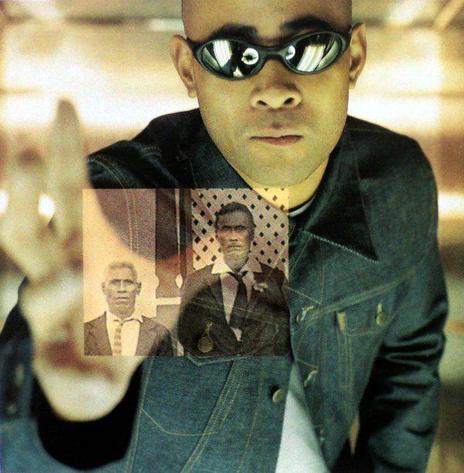
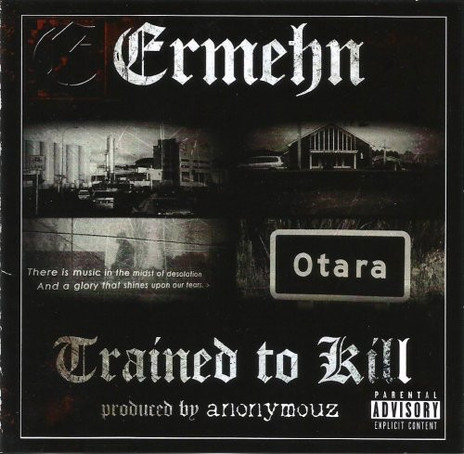
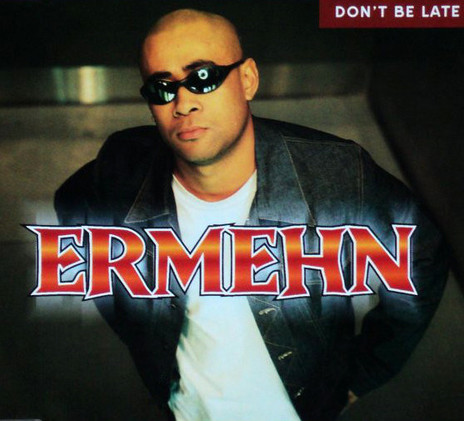

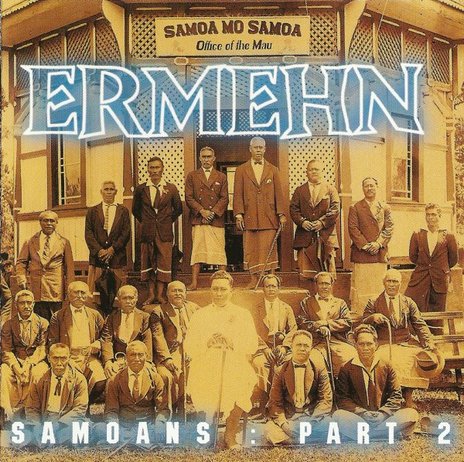
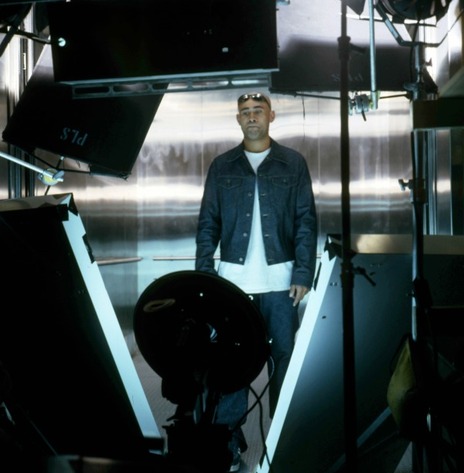
An original member of Otara Millionaires Club.
Notorious for performing with a machete in the early 1990s.
Visit our sister site
NZ On ScreenMade with funding from
NZ On Air








